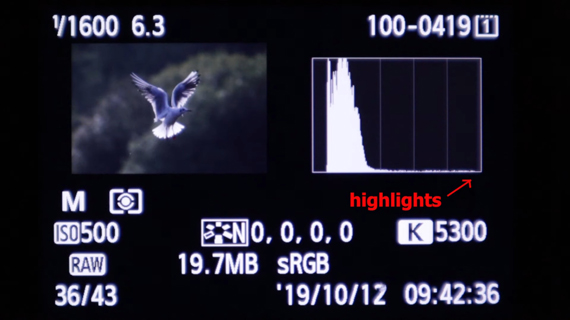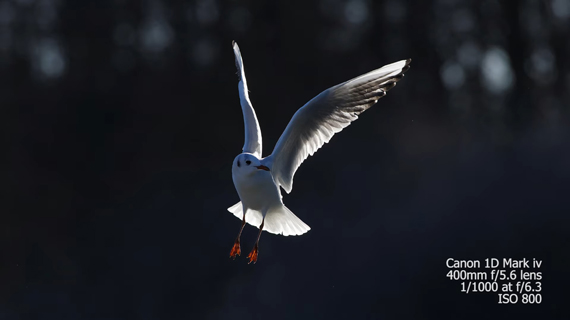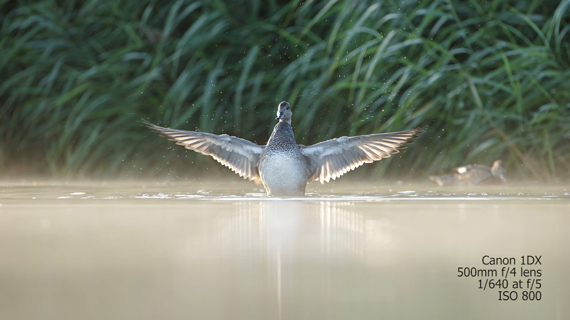Back-lighting a subject comes in handy when you want to separate the subject from the rest of the scene. It opens up interesting body features of the subject and makes the image so much better. However, this technique is equally challenging as it requires you to shoot into the sun. Professional wildlife photographer Paul Miguel talks about how you can expose for backlit images in wildlife and bird photography:
Prevent Lens Flare
As you will be shooting into the sun, the chances that lens flare will creep into the shot are high. This can also cause a loss in contrast. It’s therefore a good idea to have the lens hood on. Also, whenever possible, have the sun placed behind the trees or other structure so that direct light from it doesn’t create any problems.
Subjects for Back-lighting
“Anything really that has a translucent quality to it is gonna allow this technique to work for you.”
The important thing to look out for is that light is able to slightly pass through the subject and give a glowing effect. This works well with birds, furry animals, and even insects. The glow on the edges gives a halo effect, and also helps in separating the subject from the surroundings.
Setting Up Exposure for Backlight Photography
If you’re not careful, getting the exposure right can be quite tricky when the subject is backlit. If you’re shooting in a semi-auto mode, like aperture priority or shutter priority, evaluative metering (matrix metering) can be a good metering mode to work with. However, don’t forget to check your exposure and adjust your exposure compensation to ensure that your subject is exposed well.
“What you need to remember is that part of the subject is going to be much brighter than the rest of it.”
Histogram is another handy tool in your camera that you can use to judge your exposure. Ensure that the highlights in your image are closer to the right side while not being clipped.
Background
Try and shoot against a dark background to get the best backlit images. The contrast of the bright subject against the dark background will make the subject stand out better and make your image more effective. However, in such situations, the evaluative metering will try and overexpose the shot due to the dominance of the dark background. So, be sure to deliberately underexpose your shots.
“If you’re shooting a backlit subject against a dark background, I’d suggest that you dial in probably minus one and a third exposure compensation.”
If you’re shooting in manual, trial and error is the best way to go. Be sure to refer to the histogram.
Use a Flash
With the light coming in from behind the subject, the part of the subject towards your camera can get underexposed. To overcome this issue, you can use your flash as a fill light to fill in some details in the shadow area.
“You could expose for the highlights, and then you could use a touch of fill-in flash to fill in the shaded part of the subject.”
Pay Attention To The Surroundings
To take maximum advantage of back lighting a subject, also pay attention to the subject’s surroundings. For instance, if the subject is in water, the chance of capturing backlit water drops increases too.
“Snow, rain, sleet, all potentially are going to work well with back lighting to add to the image.”
Have you ever tried back lighting your wildlife subjects? Give this technique a go if you haven’t and see how much more dramatic your photos turn out.
Like This Article?
Don't Miss The Next One!
Join over 100,000 photographers of all experience levels who receive our free photography tips and articles to stay current:









Leave a Reply